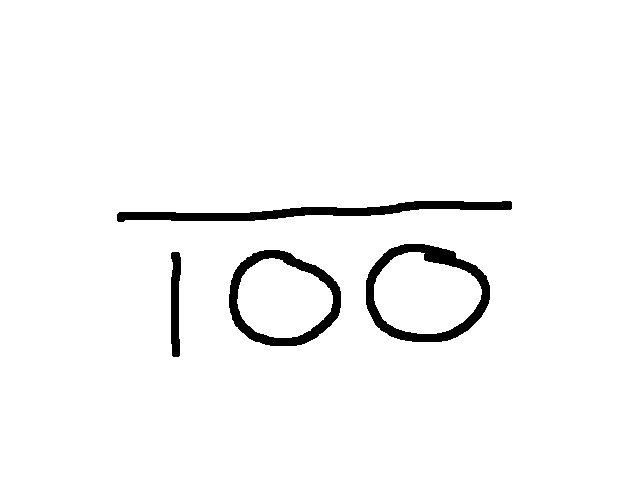This is an animation for my book. It is a visual reminder of the connection between the concept of percent and a fraction out of 100.
-
-
In Chapter 2 of my book (in progress, soon to be sent to the publisher), I discuss the amazing process that happens in our brains when they make neural connections while learning. Here is a brief video visualization of a group of neurons building connections between them, the process that happens whenever we learn something or strengthen our learning. I hope you enjoy my book and how it can help you grow stronger neural connections about math!
-
With March (and spring!) right around the corner, many teachers are already thinking about celebrating Pi Day, or March 14. This is a great day to celebrate how much fun math can be. I was inspired all over again by this music video using Pi to make music. If you would like to make Pi Day fun for your students, there are lots of fun ideas in this lesson plan, available from Teachers Pay Teachers for $1.99. I also offer a free downloadable Pi Poster showing almost 1,500 digits of pi. My students always love these. Enjoy!
-
When I saw this book at the library, I was drawn directly to it. Why? For one thing, my post on dyscalculia and teaching math is one of my most popular posts ever. For another, I am always seeking good children’s books with mathematics themes to enhance my teaching or recommend to students. Finally, given that the theme of dyscalculia is such a hot topic, I thought I might be able to learn more about it, as I have done with books about people on the autistic spectrum, such as The Curious Incident of the Dog in the Night-Time. So…
-
MSNBC ran a piece on May 3 about third-grade students learning math using Singapore Math. This report outlines the importance of model drawing for problem solving, and of parent understanding to be on board with it. The report is well done, except it gives the mistaken impression that the only thing that makes Singapore Math unique is the model drawing approach. I used to think that too, but now I know better; developing number bond-based numeracy is at least as essential, as are other elements of the curriculum. View the video below: Visit msnbc.com for breaking news, world news, and…
-
Here is an excellent video demonstrating how ten frames can be used to develop number sense. The video shows progression from counting-on with touching, or the concrete stage, to the pictorial stage of being able to look at ten frames and see how many dots are present. Early in the video, it says the child is a kinesthetic learner, which may be true, but touching the objects is a natural early stage for anyone. So touching the objects doesn’t necessarily mean the child is a kinesthetic learner, but they may be at the concrete stage of learning a certain concept.…
-
A great article titled Waiting for Supermath came through my inbox today. It includes commentary on a video (below) of a third grader showing how she solves a four-digit addition problem using what she learns at school, or the Investigations curriculum, versus what her mother (a math intervention specialist) teaches at home, the traditional “stacking” algorithm. What strikes me most about the video is that the first method, using the graphic model, shows what seems to me an overuse of the conceptual level of addition. One strength of Singapore Math is that it starts with the conceptual level, which is…
-
We hear plenty of talk about teaching and reinforcing basic skills in math. Yes, these are very important, but computation skills aren’t what lead to breakthroughs and new discoveries; new ways of thinking do, right? This young woman exemplifies real creativity in mathematical thinking. I find this so inspiring. Investigating mathematical principles through art: what a concept!
-
It snowed today – a lot – canceling all my plans and making it a perfect day to get things done at home. So I created the short movie below. I hope you enjoy it as much as I enjoyed making it! This one was taken – and highly modified – from a joke told in Math Jokes 4 Mathy Folks.
-
Watch the video below and see if you can identify which of the concepts Pa and Ma are missing. Then take the quiz below to find out if you identified the concept. Learn more about these important concepts in my book!
